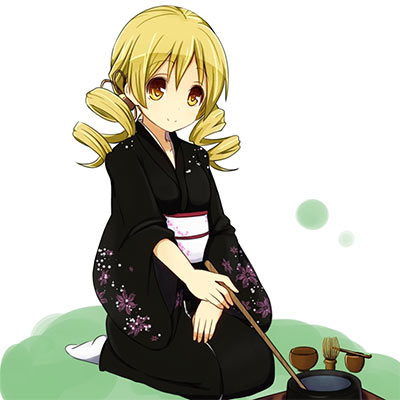While it’s generally fun to be a foreigner living in Japan — the people are nice, the sushi is cheap and vending machines thank you politely after dispensing your can of hot corn coup — there are of course certain unique challenges that we gaijin face. So in the tradition of the #FirstWorldProblems Internet meme, here are some #GaijinWorldProblems for you.
- Slippers are half the size of your feet, but your guest offered them to you, so you have to wear them.
- Search engines default to Japanese language on new computers, making you spend several minutes figuring out how to force the browser to search in English.
- Can’t go skiing or bowling, the shoes they rent out are way too small for big gaijin feet.
- Bumps head all the time, needs surgery for loose cataract every few years.
- Takes a shot at using keigo (formal polite Japanese), gets exalting and humble verbs reversed.
- Is slightly above average weight, so Japanese assume he’s a famous Pro Wrestler and ask for his autograph.
- The girl handing out pocket tissues advertising high-interest credit card loans has been told not to bother handing tissues to foreigners.
- Someone compliments your Japanese ability, you feel insulted all day.
- Can’t find the “open” and “close” buttons inside the elevator because they’re written in English.
- Spends several months with no English speakers around except ESL students, now talks like Forrest Gump.
- Too tall to fit in a kigurimi full-body costume.
- Policeman asks to see your gaijin ID card, turns out he just wants to practice his English with you.
- Enjoys motsu nabe until he learns what motsu means (beef tripe, e.g. beef intestines).
- Goes for all-you-can-eat pizza at Shakey’s, the only pizza they have out is corn and mayonnaise.
Another minor challenge for foreigners is learning to sit on the floor. While Western-style furniture like comfortable sofas and chairs are common in Japan, most homes have one or more washitsu (Japanese style rooms) complete with tatami mats and little cushions to sit on called called zabuton (literally, “sitting futon”). In my house, we often eat with my wife’s parents, with everyone sitting around the kotatsu heater grabbing from a large pot of food boiling away in the center (naturally not motsu nabe). Even after living for so long in Japan, an hour or so of sitting on the floor starts to get uncomfortable, and I’ll usually switch to a nearby chair when no one is looking. I remember when I met my future mother-in-law for the first time: she took me out to experience a really traditional Japanese tea ceremony, which requires that you sit in seiza (“correct sitting”) position with your entire body’s weight resting on your knees and feet for about 10,000 hours. Japanese always expect that foreigners won’t be able to sit for long in that position, so of course I had to prove her wrong, gritting my teeth as the blood stopped flowing through my legs. I guess I made a good impression since she let me marry her daughter.

Sitting seiza style is not easy for foreigners.















